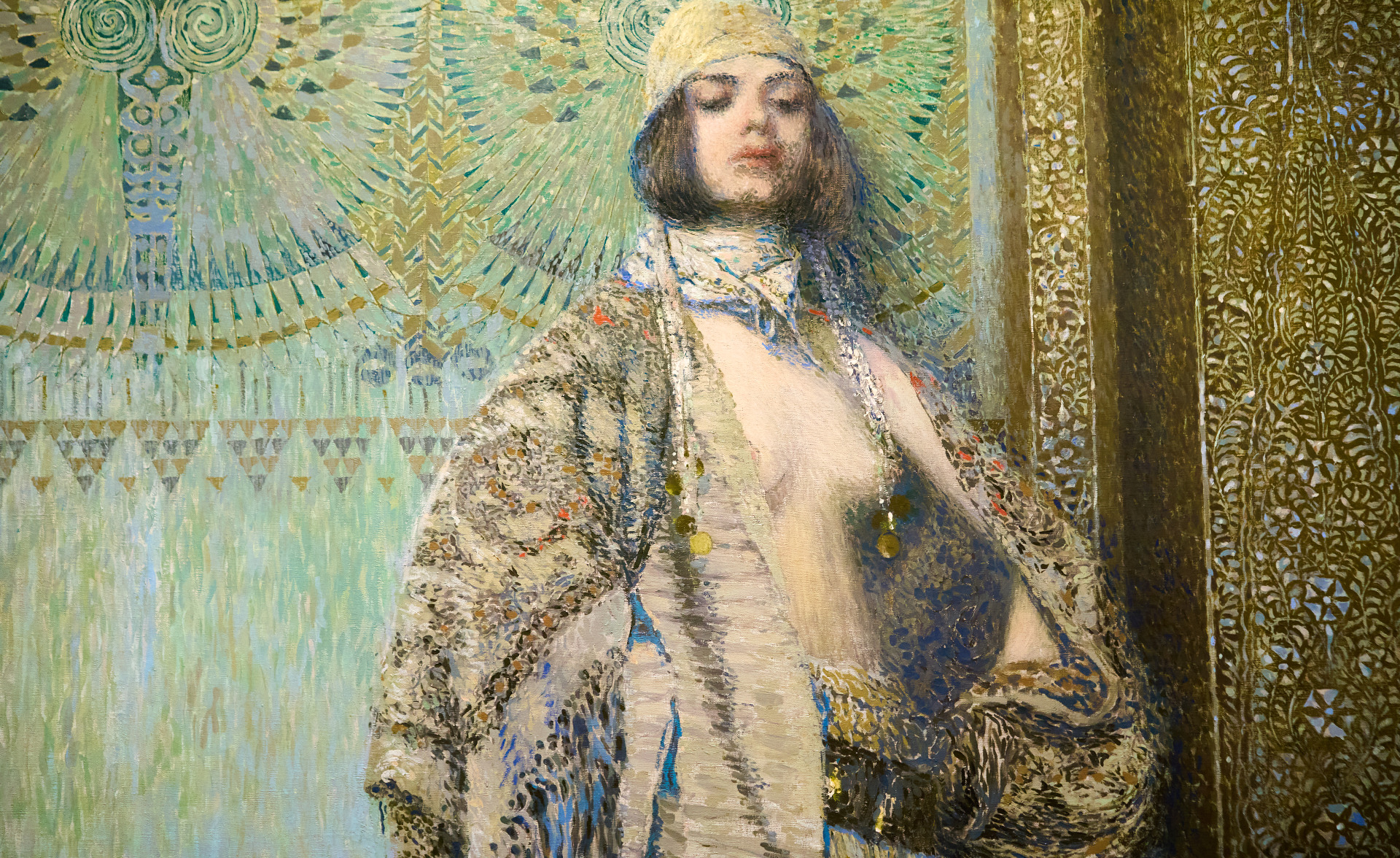
The best museum and gallery I have ever been to is the one that resides within the centre of Yerevan. A grand building that stands out in the main square, built during the Soviet Union and of course with the intent on wowing the people that would pass by. Most important buildings were made to have such an impact. Though for me the real impact has always been what's inside. The few times I have visited, I have been thoroughly impressed at what has been displayed, from the historical side of the museum which houses the many items of humanity from our ancestors, to the incredible works of art of many artists from different parts of the world. Though recently two permanent exhibitions had been made: rooms full of Russian art. And rooms full of Armenian art.
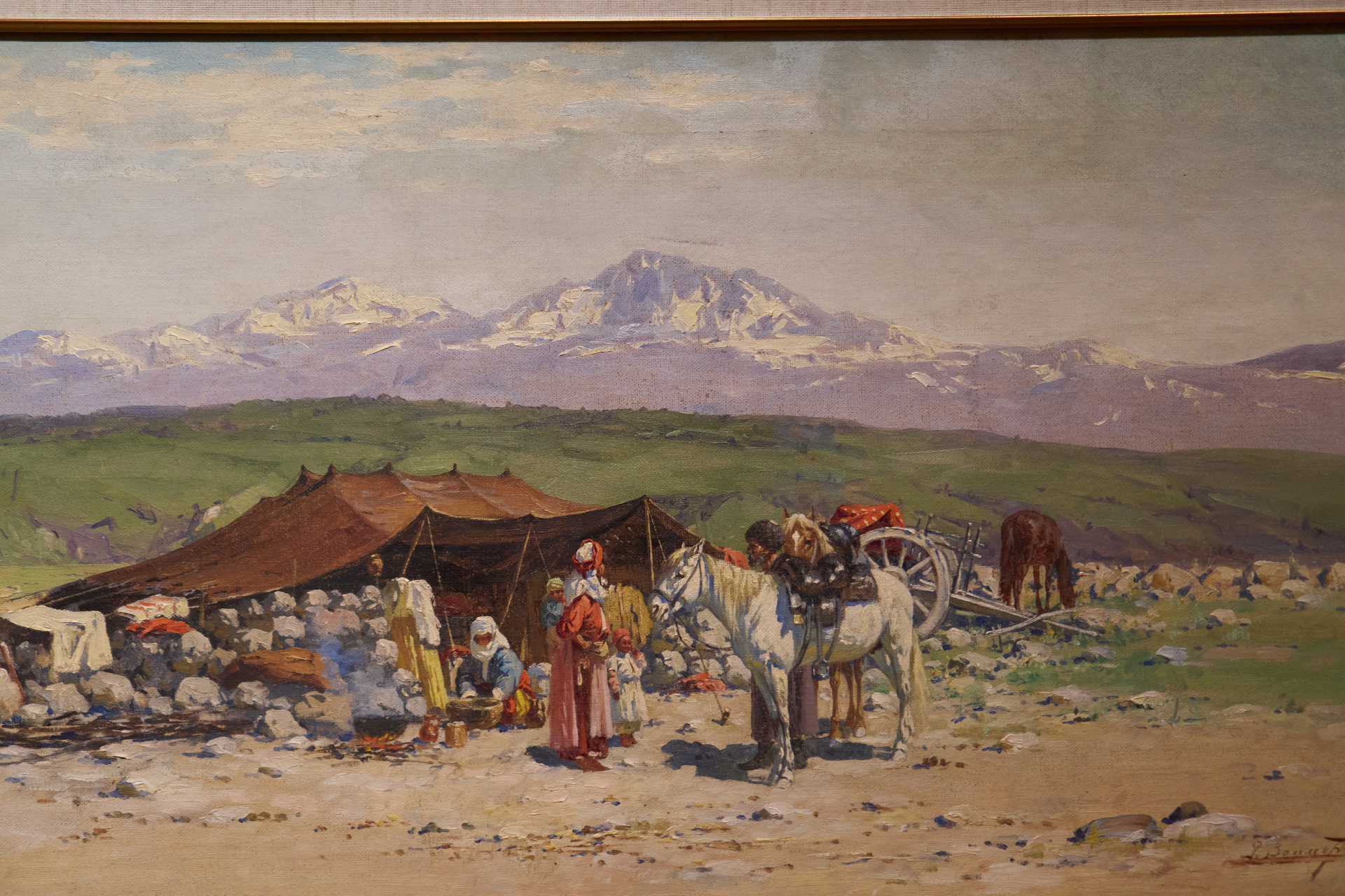
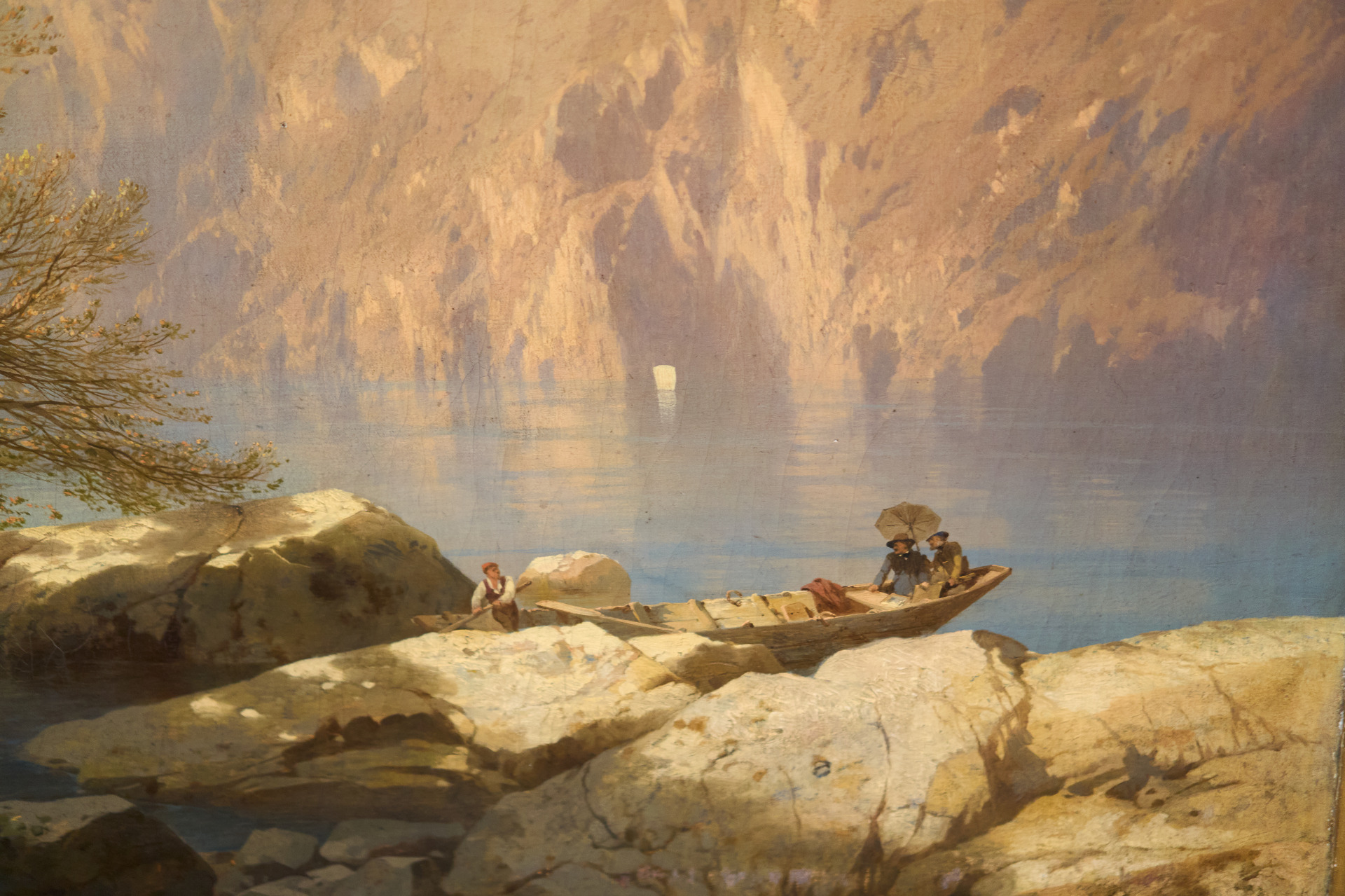
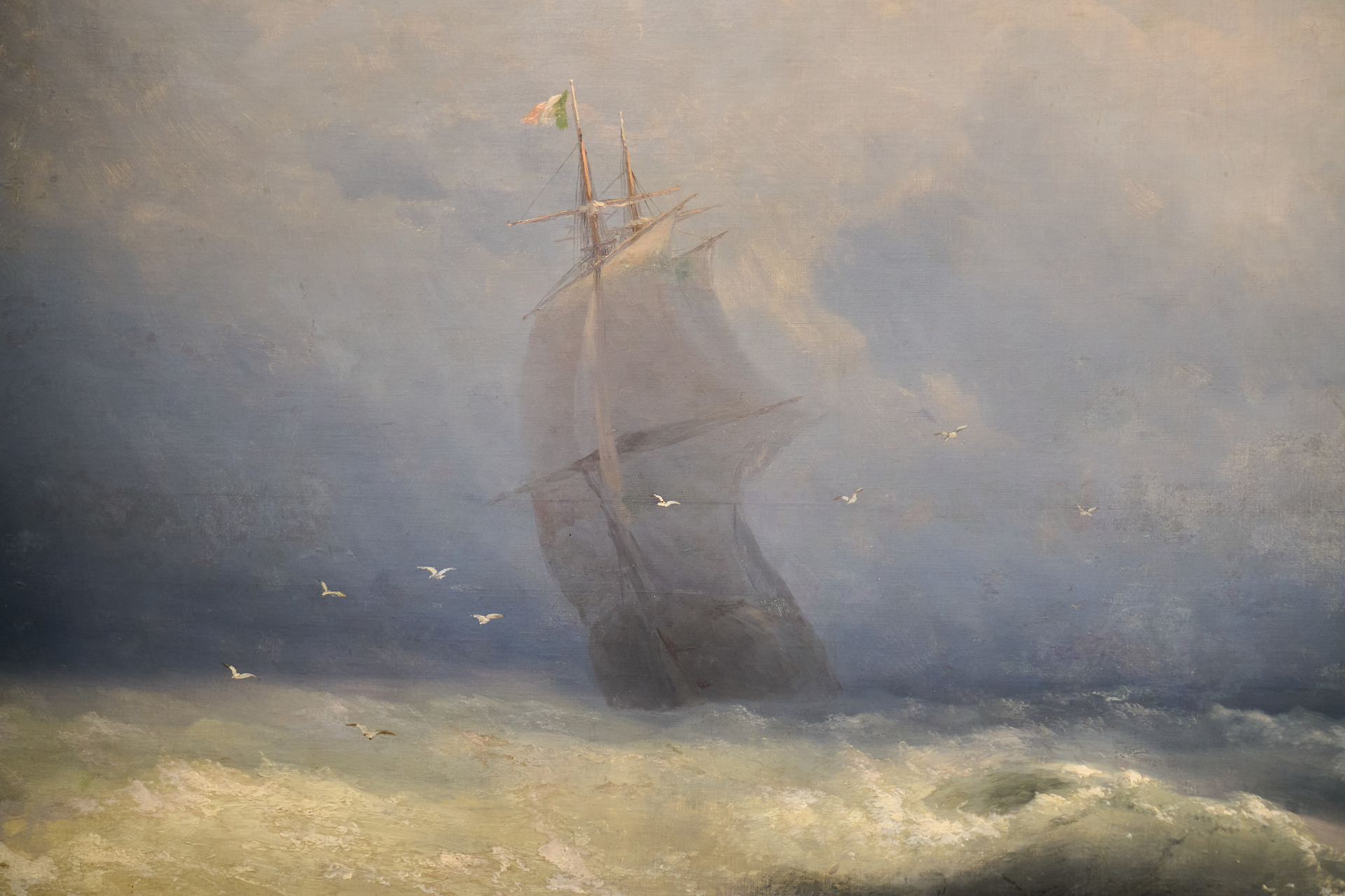
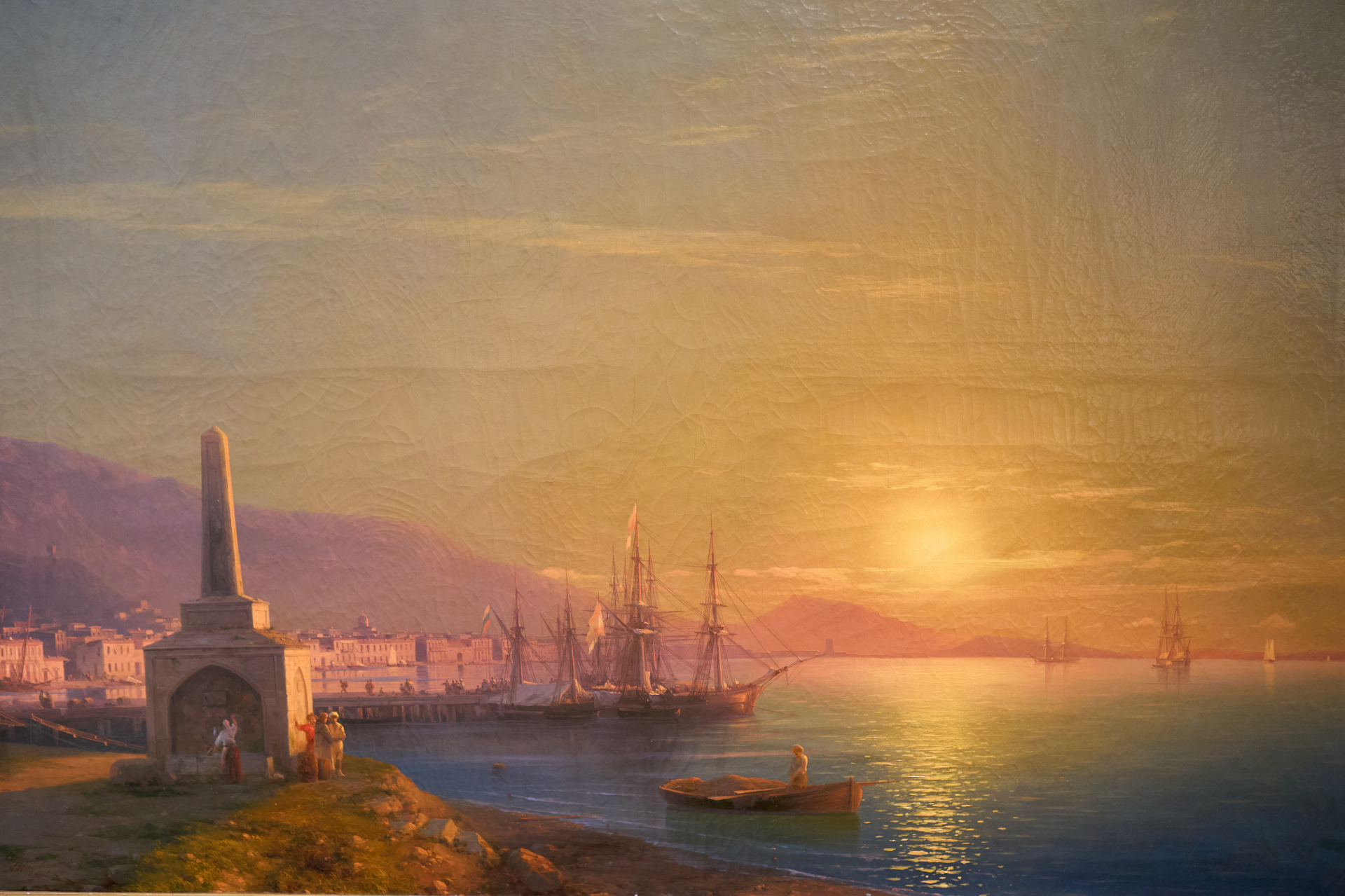

Previously at this location there was a display of the famous Armenian painter Ivan Aivazovsky, though his real name being Hovhannes Aivazian. Born near the Black Sea in Crimea but coming from an Armenian family, growing up near the beautiful coast which most definitely contributed to his interests in painting the various sights around the sea. And he's certainly a master at it, with some of the most beautiful paintings of the sea you'll ever witness. Such incredible use of colour to convey either the beautiful gentle warmth of a sunset over still water where a great ship sits dormant. Or the treacherous waves under a cold moonlight, where the ships are struggling to stay afloat. Though he also painted more regular scenes around the coast, not just ones that detail the acts of ships passing through the land. And these are some of his best works as well, scenes of everyday life. People living by the water and performing their day-to-day acts, sometimes with additional injected beauty within: a swan boat with beautiful greens wrapped around it, a child with ducks on a leash.
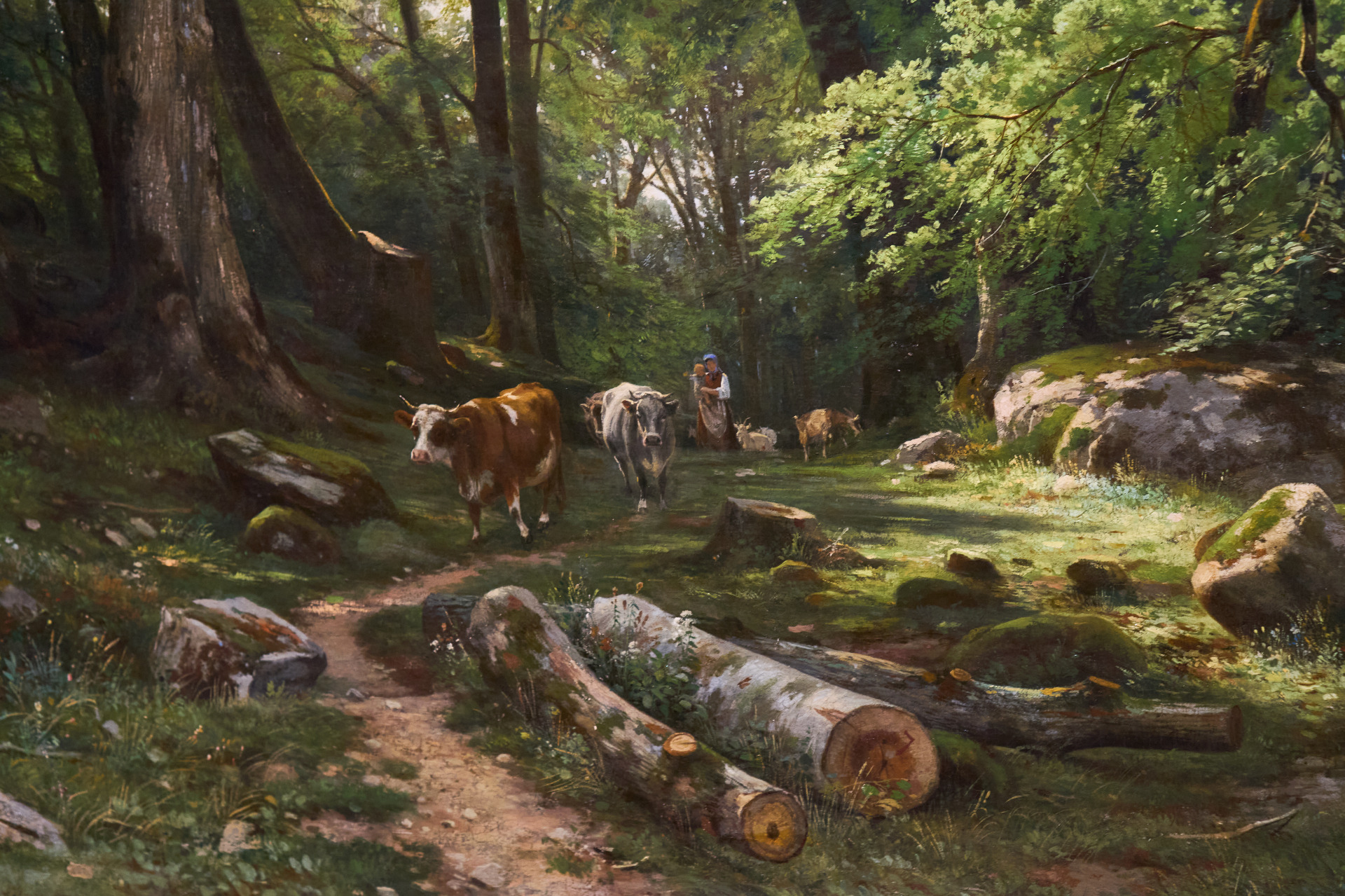
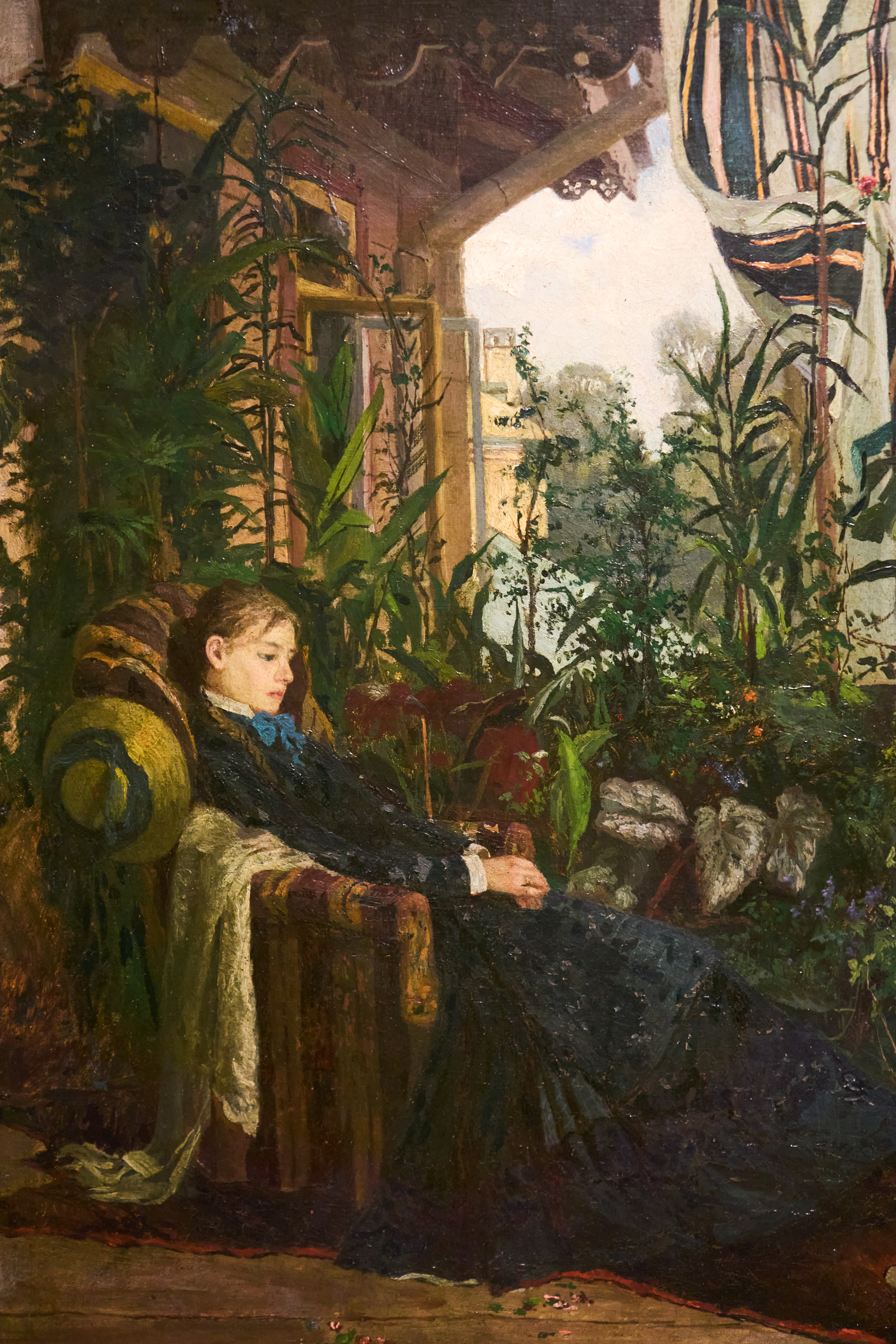
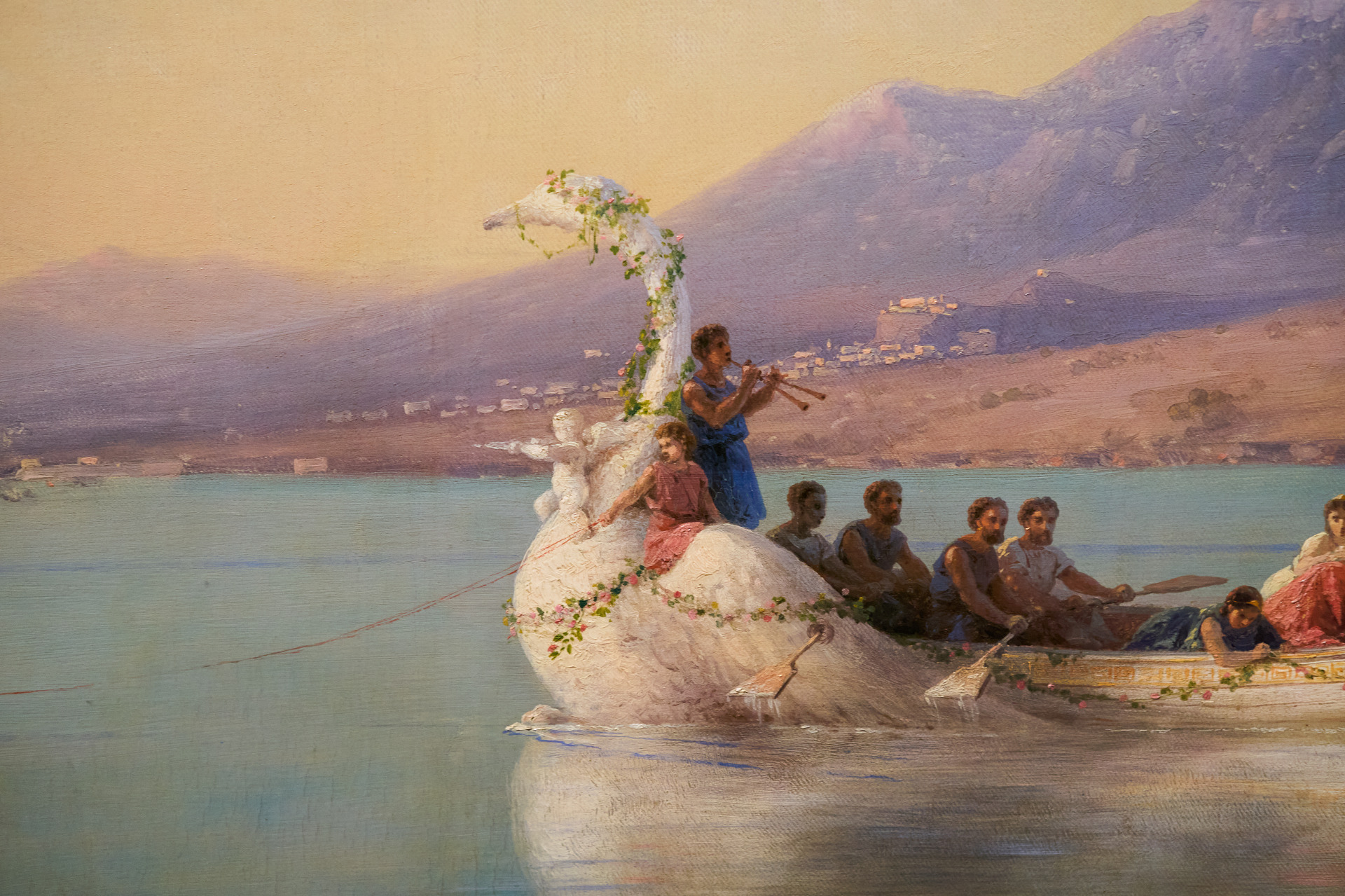
I really enjoyed seeing the differences in time throughout the exhibition, more focused on the paintings of unknown and known painters from the past 500 years. You can see the influences over time, how people's interests in art shifted from more simplistic portraits to depicting more creative scenes, some artists going as far as painting themselves painting into the canvas, breaking that wall even more. And the Russian art really showed this shift, as did the Armenian. Though distinctively different when it came to the more creative and abstract side of things. The Russian art having portraits of people in suits and smart attire, the Armenian side focused more on the cultural elements of the attire, less 'sophisticated' and more within its traditional roots. Though at one point the two nations would still paint in a similar fashion when it came to religious and emotional paintings. Still strong in the compositions and the use of colour. Telling stories through characters with gesture and tone.

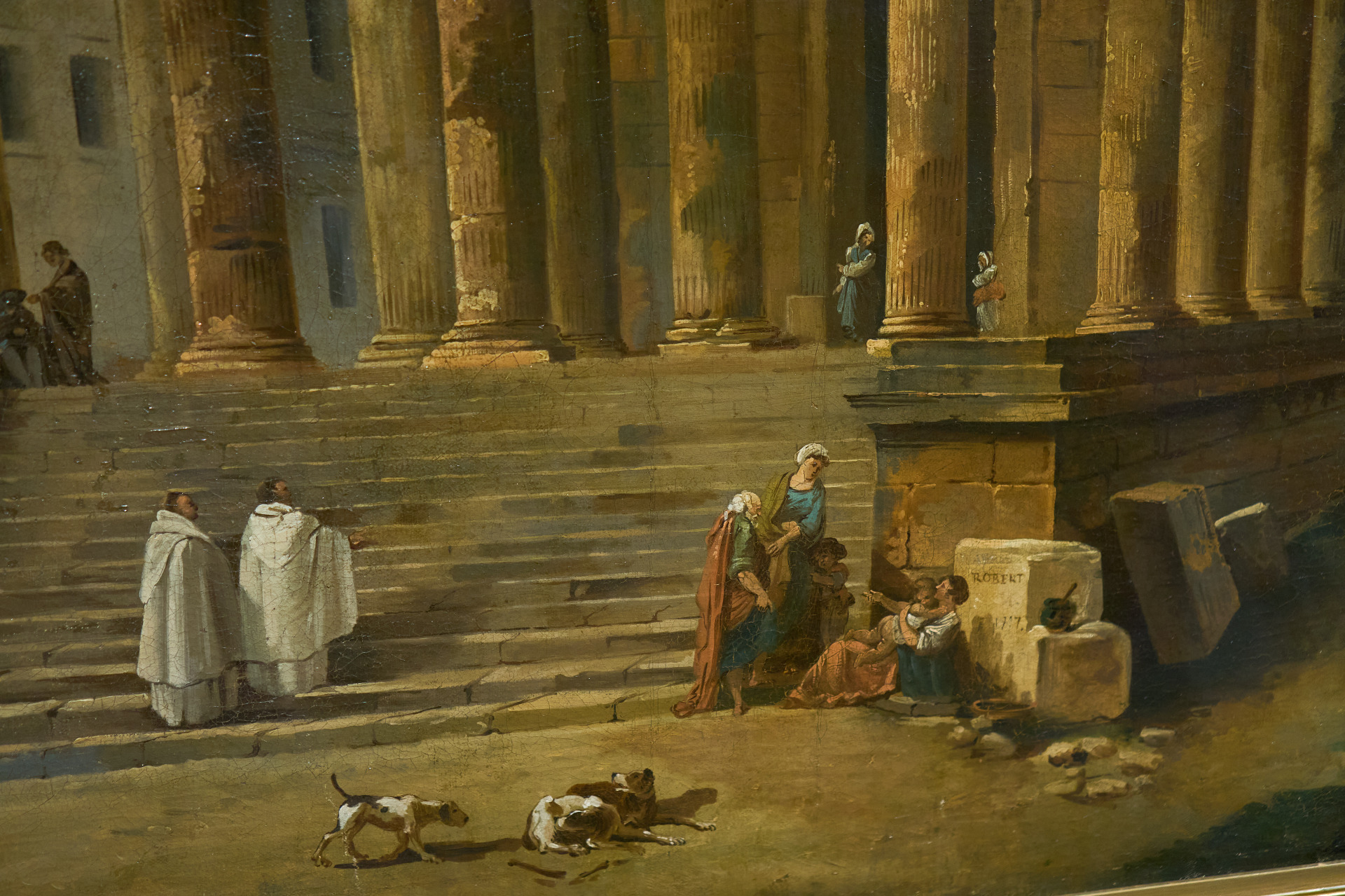
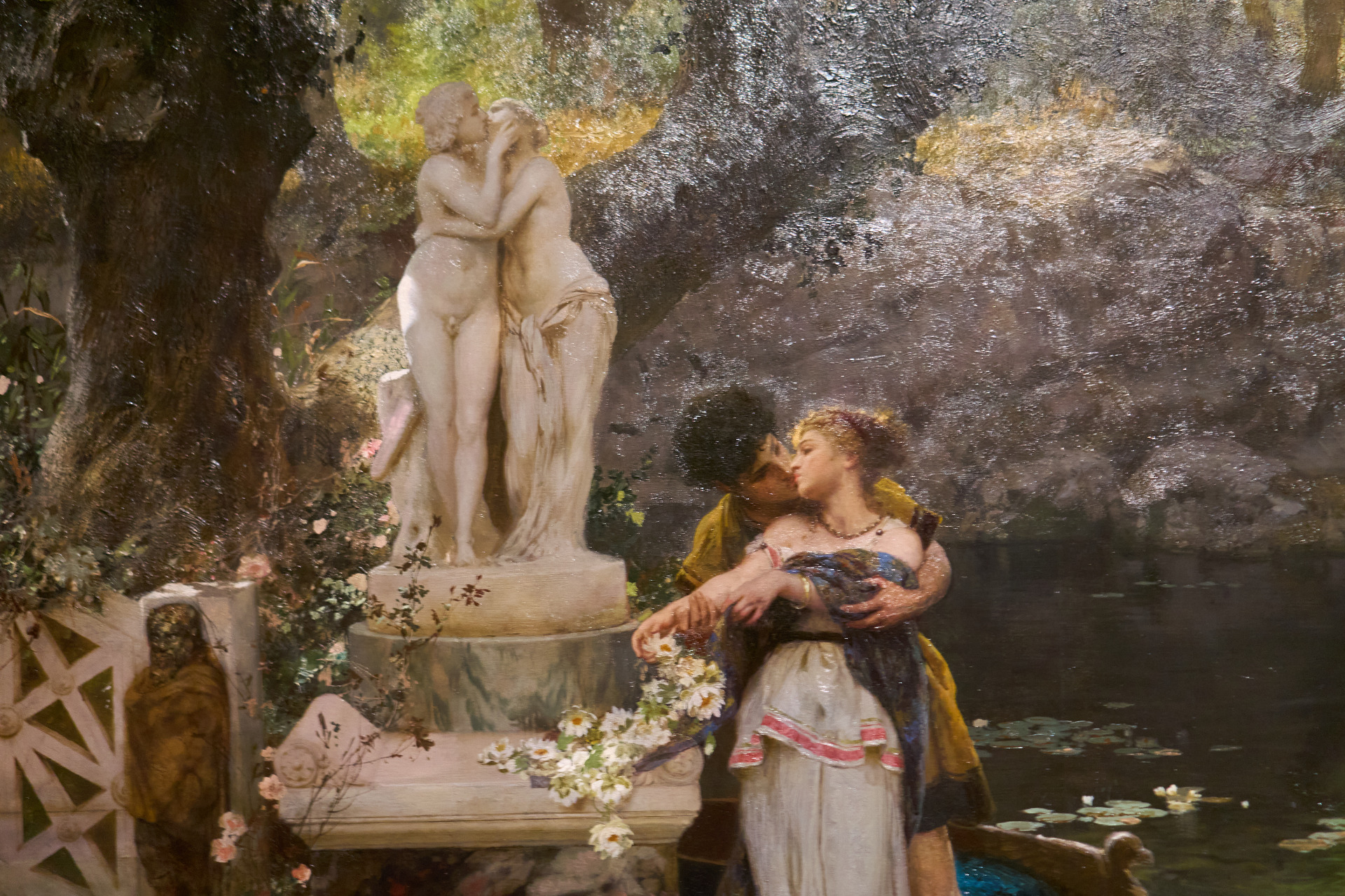
I was surprised at how many of these paintings were credited as unknown, with it being a significantly high number of the paintings on display. Some of the most beautiful ones just having no name to them at all. Though there was never an explanation as to how this happened. Whether these paintings had been added to a collection and their creators forgotten in time, or something other. But I think that also added to some of the mystery of the displays, where instead of looking to attribute a name to them, we saw them more as a collective, more of a time period or ideology. That being said, I do think some of the landscape paintings were the most impressive to me this time, some of them really set a scene and spoke of a time period, as well as an environment. Scenes that show the life of small farmers, little woodlands and old women and men surrounded by cows passing through the land.
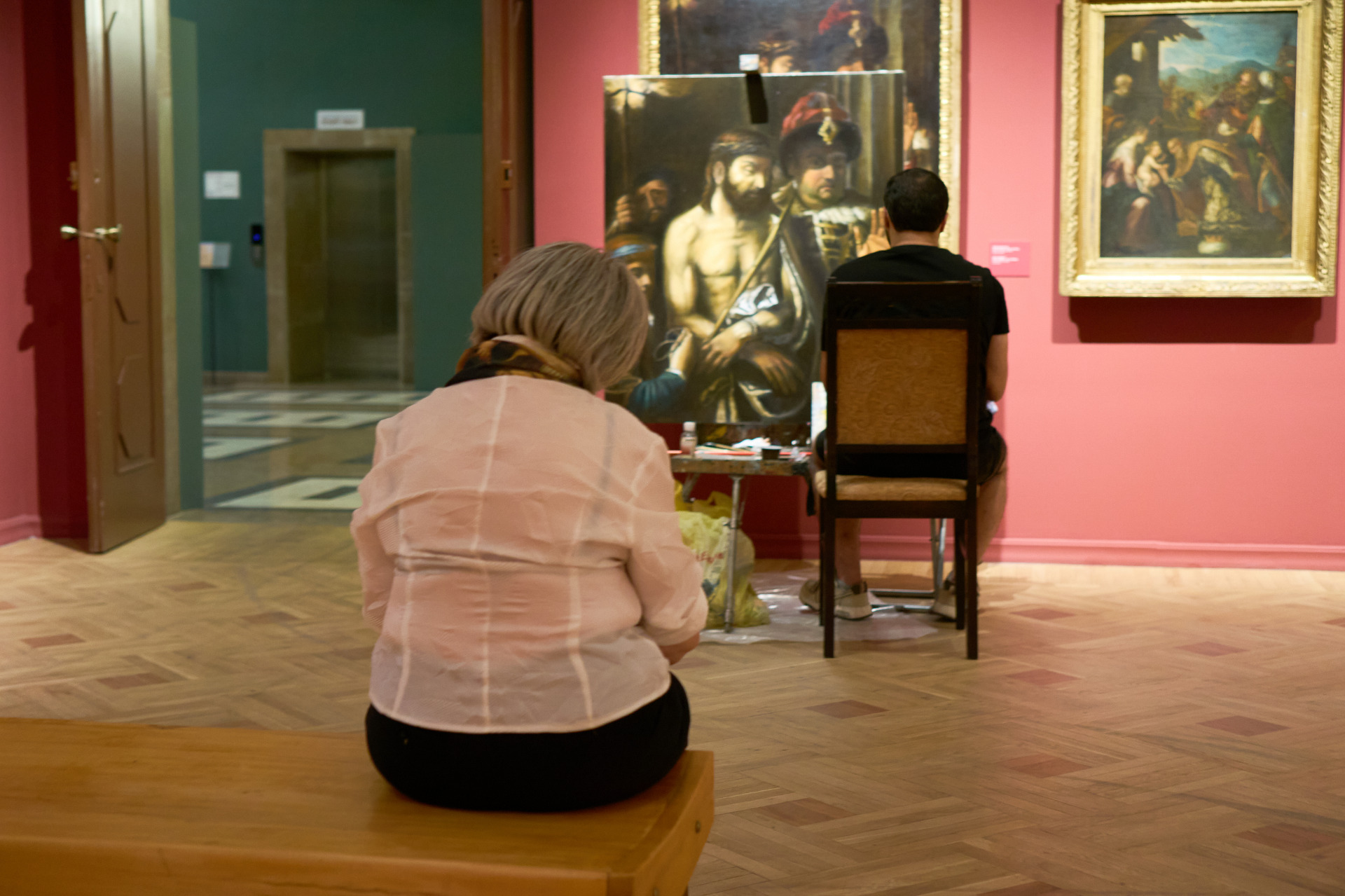
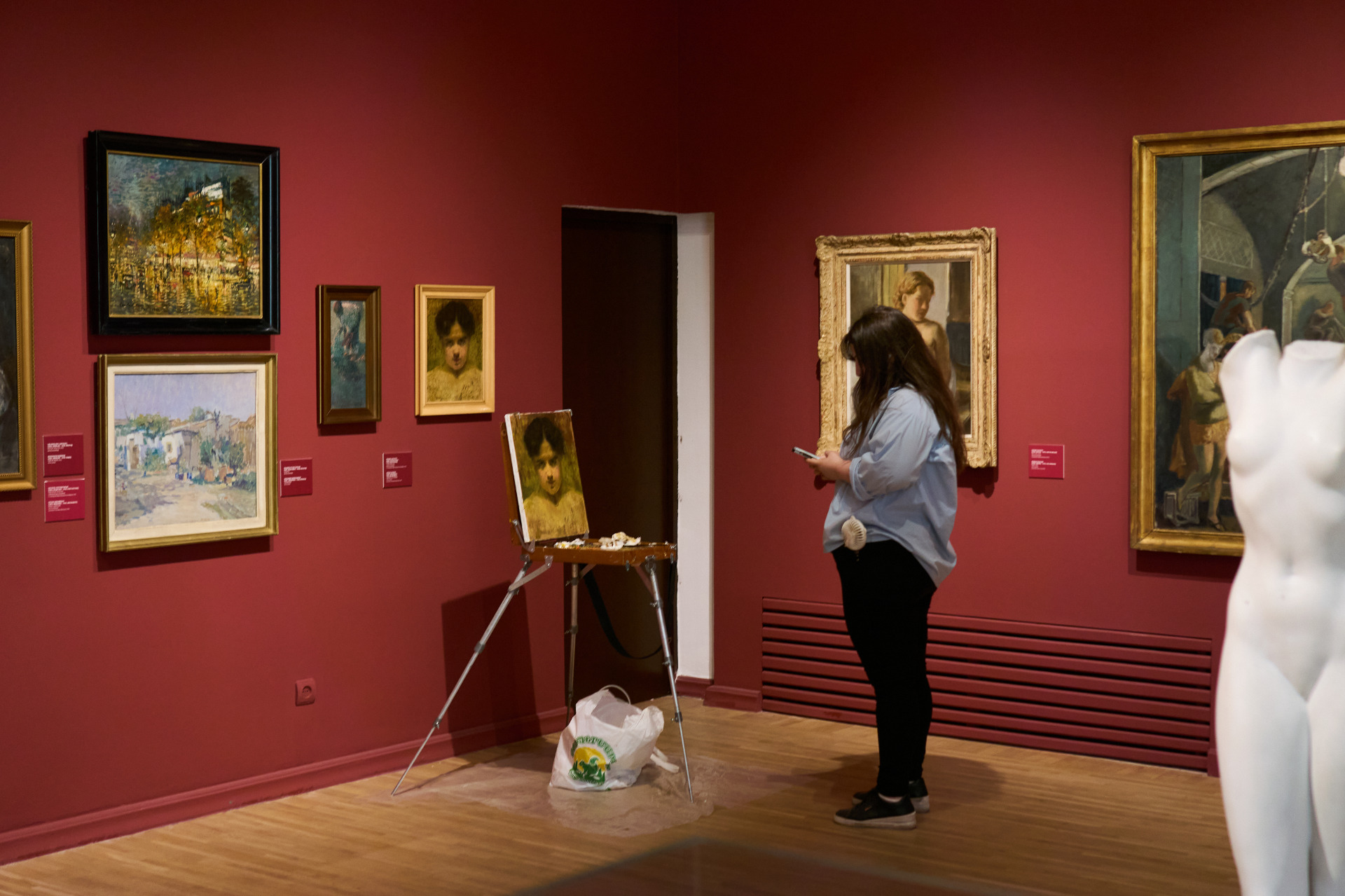
I should also add that these photographs don't do these images justice. The lighting in the building was fine for viewing, but not the best for taking photographs. So some of the colours and the lighting just don't quite match the true quality of what your eyes see. Given this was a Sunday, it was surprising to see that there were artists not just attending the gallery, but some had even taken their tools to the gallery and were performing rather lengthy studies of some of the works. And they looked incredibly good, near identical studies of the paintings before them. I hadn't seen this before, but it was something I really hope to see more of. Showing how even art of the centuries prior can influence and guide an artist of today, many Sundays spent at the easel, learning and growing from those past creations.
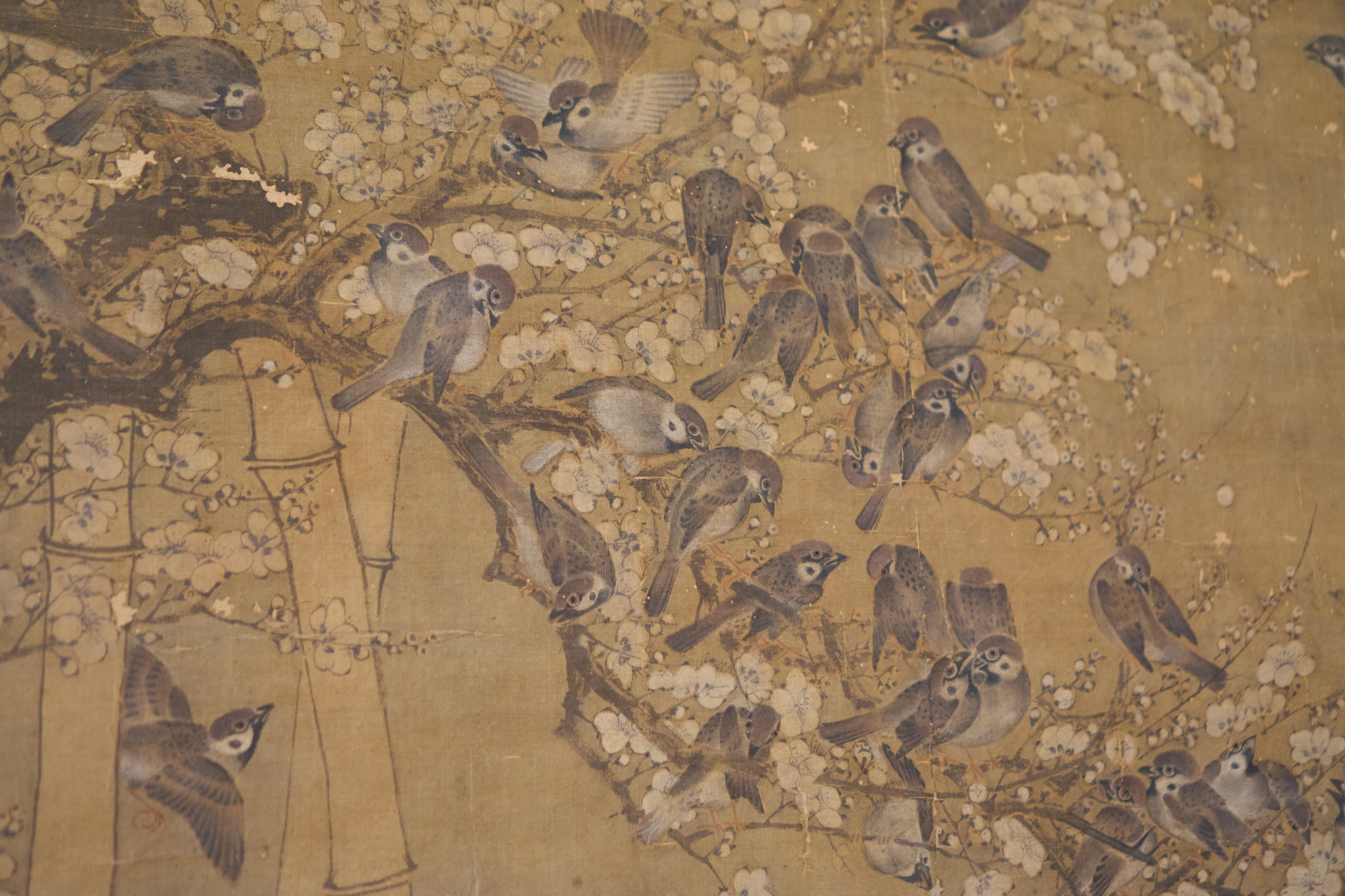
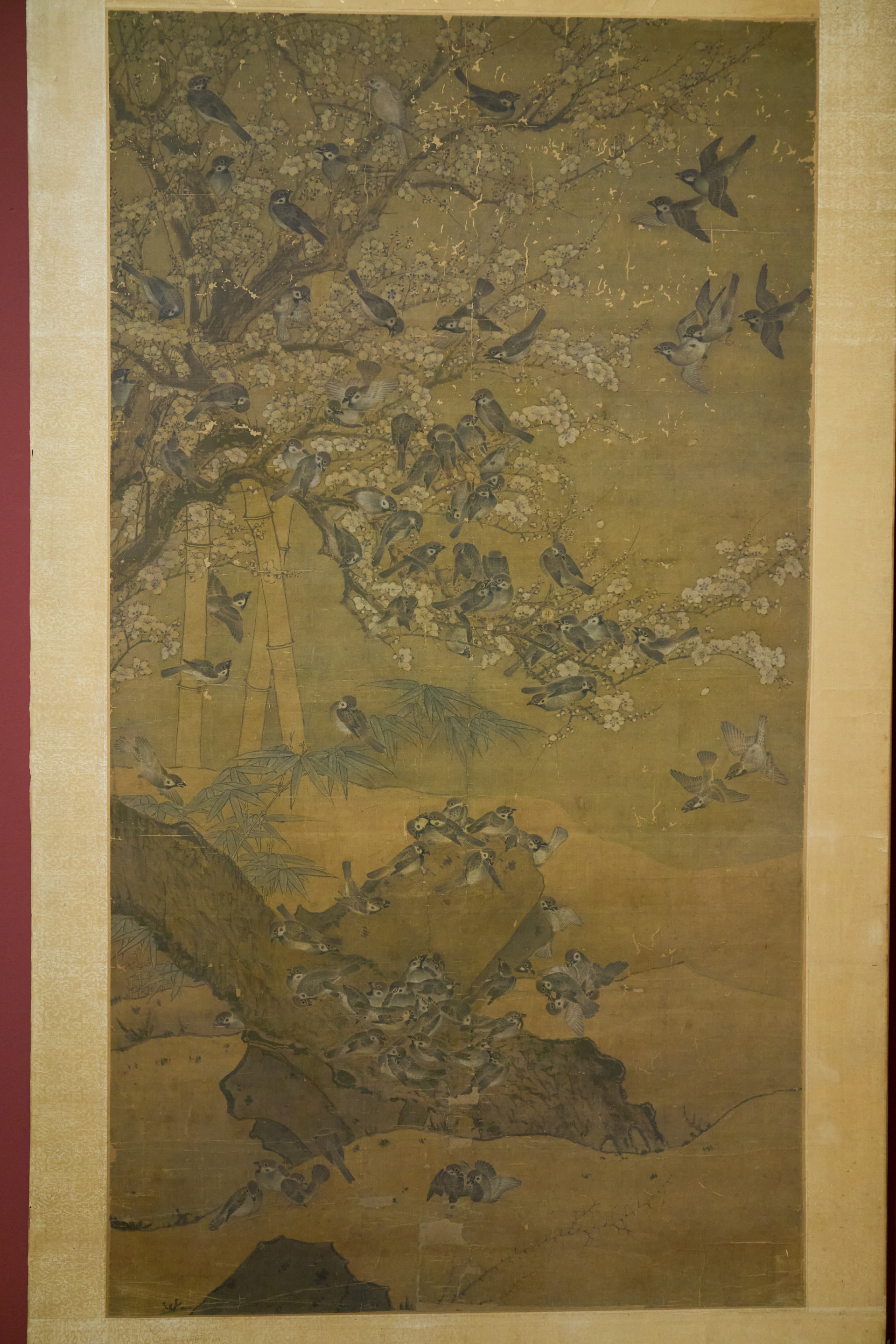
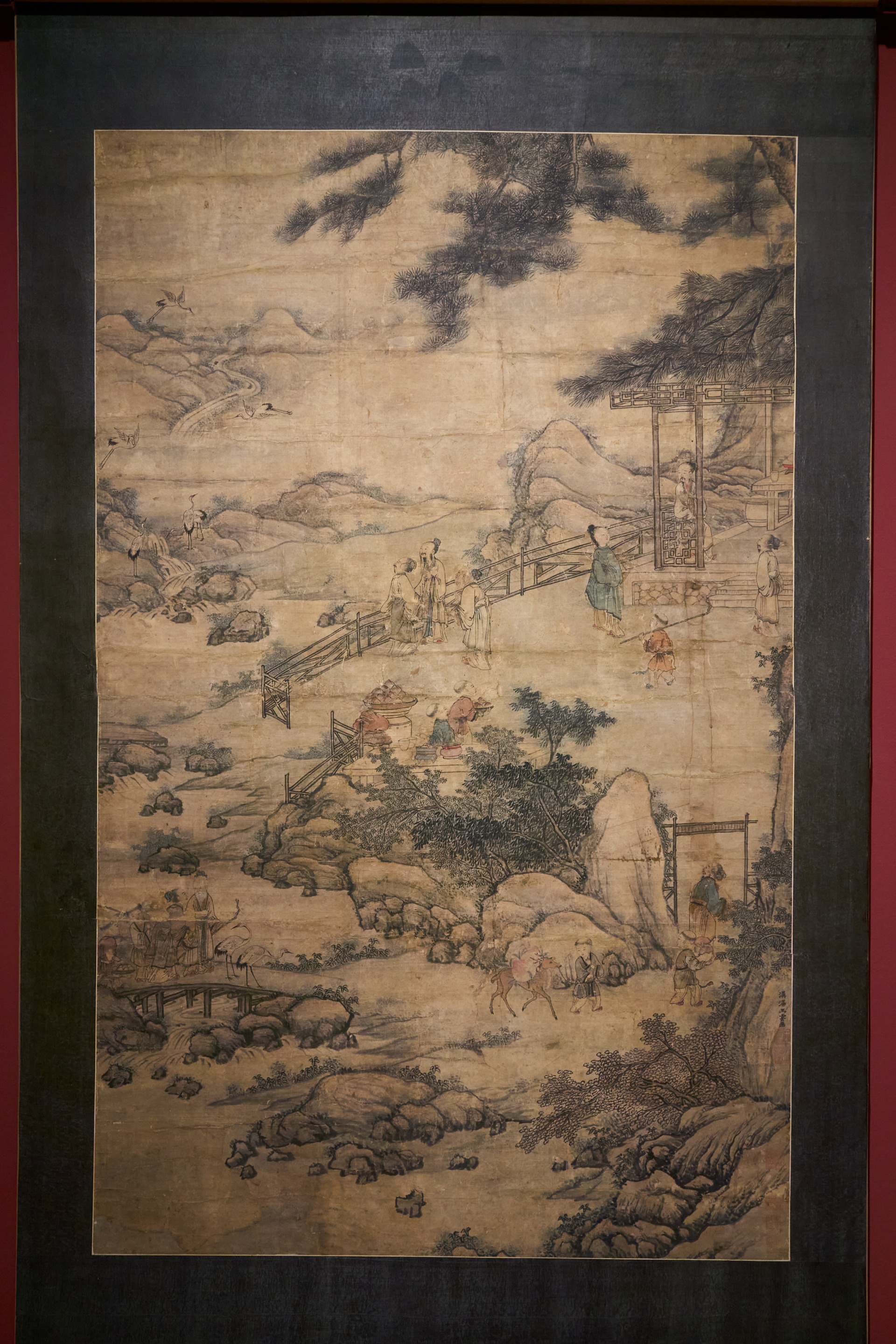
Despite this mostly being an exhibition of Russian and Armenian painters, I was surprised to see a small area dedicated to some countries more eastern: India and China. Old watercolour paintings that really displayed their age. The canvas now slowly withering away, cracks forming and little tears visible. Though I think this added to the appreciation, to know that art doesn't last forever even with maintenance. To realise the beauty of it while it's still around, and to know that nothing lasts forever. And that's more reason to attend these exhibitions; to get there while we can and appreciate the creations of those before us, to keep them alive. Especially when so much time has passed that we have forgotten the name attached to the creation.